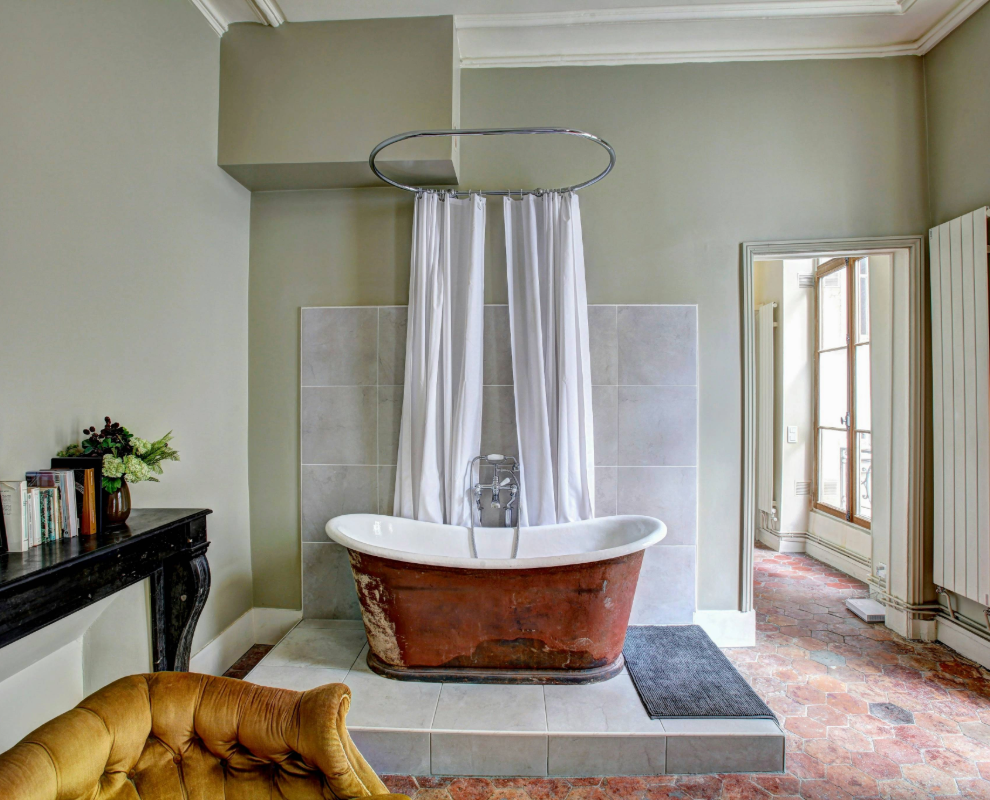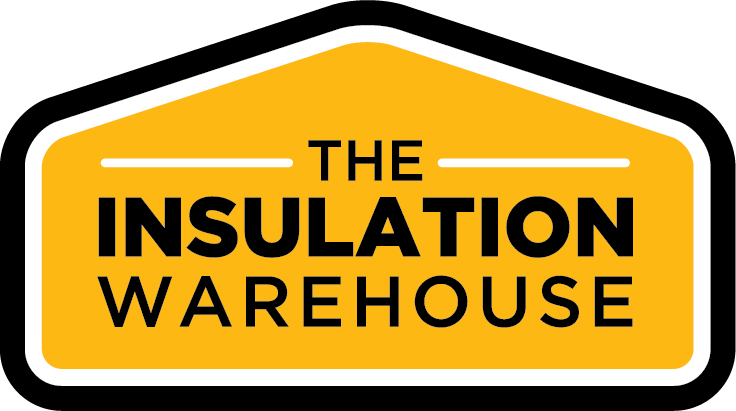Hey everyone! James Goren here with a construction tip. Today, I’m pulling back the curtain to show you what goes on behind the scenes in a shower installation. If you’ve ever wondered what makes a shower reliable and free from future issues, this post will walk you through the essential steps and materials that ensure a top-notch installation.
From selecting the right materials to ensuring a waterproof finish, a successful shower installation is all about precision and quality. Whether you’re looking to upgrade your bathroom or make sure your new shower stands the test of time, we’ve got the insider tips you need to make your shower both beautiful and durable.
So, let’s get started and explore what makes a shower installation truly reliable!
The Common Types of Showers: The Good and the Bad
Acrylic Showers:
- What Are Acrylic Showers?
Acrylic showers are constructed using a single, molded piece of acrylic, a durable plastic material known for its smooth, shiny finish. These showers typically include an acrylic shower tray and may have acrylic walls, creating a seamless, waterproof environment. - Benefits of Acrylic Showers:
- Ease of Installation: Acrylic shower units are often prefabricated, making installation quicker and easier compared to custom-built showers. They come in a variety of sizes and shapes to fit different bathroom layouts.
- Waterproof: The acrylic surface is molded from a single-piece base and single-piece liner, eliminating grout lines or seams where water can seep through, significantly reducing the risk of leaks.
- Low Maintenance: The smooth surface of acrylic is easy to clean and resists mold and mildew. A simple wipe-down with a non-abrasive cleaner is usually enough to keep it looking new.
- Durability: Acrylic is a resilient material that resists chipping, cracking, and fading over time. It can withstand daily use while maintaining its appearance.
- Cost-Effective: Acrylic showers tend to be more affordable than custom-tiled showers. They offer a good balance between aesthetics and functionality without breaking the bank.
- Limitations of Acrylic Showers:
- Aesthetic Flexibility: While acrylic showers look modern and clean, they may lack the luxurious and customizable appearance of tile showers. The range of colors and textures is more limited compared to tiles.
- Repair Challenges: Although durable, if an acrylic shower does get scratched or damaged, repairs can be more challenging than with tiled surfaces. However, repair kits are available for minor scratches and scuffs. Additionally, some acrylic showers may yellow over time.
Tiled Showers:
- What Are Tiled Showers?
Tiled showers are constructed using ceramic, porcelain, stone, or glass tiles adhered to a waterproof backer board. The tiles are set in place using adhesive and then sealed with grout. Tiled showers offer a highly customizable and luxurious look, as they can incorporate various patterns, colors, and textures. - Benefits of Tiled Showers:
- Design Flexibility: Tiled showers allow for endless design possibilities. You can choose from a vast array of tile materials, colors, shapes, and sizes to create a unique and personalized look. Tiles can be arranged in various patterns, such as herringbone, chevron, or subway, adding to the aesthetic appeal.
- Increased Home Value: A well-designed tiled shower can significantly enhance the appeal and value of a home. It is often seen as a luxury feature that adds a touch of sophistication to a bathroom.
- Durability: High-quality tiles are incredibly durable and can last for decades when properly installed and maintained. They are resistant to scratches, stains, and heavy use.
- Heat Resistance: Tiles are excellent at retaining heat, making a shower feel warmer and more comfortable. They also work well with underfloor heating systems, enhancing the overall bathroom experience.
- Limitations of Tiled Showers:
- Maintenance: Tiled showers require regular maintenance to keep grout lines clean and mold-free. Grout is porous and can absorb moisture, leading to staining or mildew if not properly sealed and maintained.
- Installation Complexity: Installing a tiled shower is more labor-intensive and time-consuming compared to acrylic showers. It requires precise cutting and placement of tiles, which should be done by a skilled professional to ensure a watertight seal.
- Higher Cost: Due to the materials and labor involved, tiled showers can be more expensive than acrylic ones. The cost can vary greatly depending on the type of tile used and the complexity of the design.
- Reliability: While tiled showers can be incredibly reliable and add significant value and beauty to a home, their reliability hinges on proper installation, quality materials, and regular maintenance. Paying attention to these factors can help prevent common leaking issues and ensure that your tiled shower remains a beautiful and functional part of your bathroom for many years to come. If you’re considering a tiled shower, investing in professional installation and routine care is essential to avoid costly repairs and maintain the shower’s integrity.
Shower Type Conclusion:
Both acrylic and tiled showers offer unique benefits and can be excellent choices depending on your specific needs, budget, and design preferences. Acrylic showers are ideal for those seeking a cost-effective, easy-to-install, and low-maintenance option. On the other hand, tiled showers are perfect for homeowners looking to create a custom, high-end appearance that can increase the value of their property. Whichever option you choose, focusing on quality materials and skilled installation will ensure your shower remains functional and beautiful for years to come.
Tiled Shower Installation Process:
- Starting with the Shower Tray:
The foundation of every great shower is the tray. We prefer using a one-piece shower tray, made from a special form that excels in preventing water leaks. Unlike the older method of screeding trays, which can crack and break, our one-piece trays are robust and provide a solid base. These trays are set against the wall, with nogs installed around them. These nogs are crucial as they allow us to screw in the waterproof Aqua GIB, ensuring stability and water resistance. - Plumbing Essentials:
Moving up from the tray, you’ll see the hot and cold water pipes leading to the shower mixer. We installed a feed timber in the center to support the shower rail. Once this is in place, everything is covered by Aqua GIB (a type of wallboard) and then treated with a waterproofing system. This setup not only protects the walls from moisture but also provides a solid base for the tiling that will follow. - The Shampoo Box:
Many people love having a shampoo box in their shower, and for good reason! It’s both convenient and aesthetically pleasing. It’s made of one piece to prevent water leak issues. - The Importance of Silicone and Installation:
One small but critical step in the installation process is applying silicone around all the pipes. This might seem minor, but it prevents the pipes from shaking or moving, which can cause leaks over time. This attention to detail is what separates a standard shower from a high-quality installation. Additionally, we like to fit soundproof insulation into the shower walls to minimize the water sound outside the bathroom. - Understanding Shower Systems:
Not all showers are created equal. Standard tiled showers often use a plasterboard system, which, while functional, can have issues over time. Plasterboard and timber frames can flex, and if the waterproofing fails, especially around the corners, it can lead to leaks. In contrast, we use an acrylic liner system. This liner flexes and fits snugly inside the tray, ensuring that any water that gets behind the tiles is redirected to the waste. This method is far superior for long-term durability and water resistance. - Installing The Tiled Liner Shower:
Our liner showers are designed to be fully covered with tiles, creating a seamless and elegant finish. The liner is glued down to the one-piece tray, and any water that might sneak behind the tiles will hit the liner and be directed into the waste. This system is not only effective but also aesthetically pleasing, making it a popular choice for homeowners who want both functionality and style. - Final Touches:
Once the tray, liner, and waterproofing are in place, we move on to the finishing touches. This includes tiling, installing the shower mixer, and fitting the glass panels. The channels for the glass are carefully set so that they finish inside the tray, ensuring no water can leak from other areas. Tiles are laid out with artistic precision, making sure that all lines match and flow beautifully. The final step is grouting, which fills the gaps between the tiles with a powdery, concrete-like substance that hardens to create a seamless, watertight surface. A better but more expensive grout system is epoxy grout, which helps to prevent water seeping in between the tiles, improving the shower’s durability. - The Finished Product:
After all these steps, the result is a stunning, functional bathroom. We install thick, 10mm glass panels, ensuring durability and a modern look. With the tiles, lighting system, fan, and underfloor heating all in place, the bathroom is not only practical but also a beautiful space for a family to enjoy. The attention to detail in the installation process ensures that the shower will remain reliable and free from issues for many years to come.
Final Words:
That’s the behind-the-scenes look at our shower installation process. By focusing on quality materials and meticulous installation practices, we ensure that our showers not only look great but also stand the test of time. I hope this insight helps you understand what goes into creating a reliable and beautiful bathroom. Until next time, take care!
If you’re planning a shower renovation and want to ensure it’s done right, why not start with a friendly chat? Reach out for an obligation-free consultation. I’m here to help you bring your vision to life with expert advice and quality craftsmanship. Let’s make your bathroom upgrade both beautiful and hassle-free!

James Goren
James Goren is the managing director of The Renovation Team which sponsors the APIA.













Add Comment